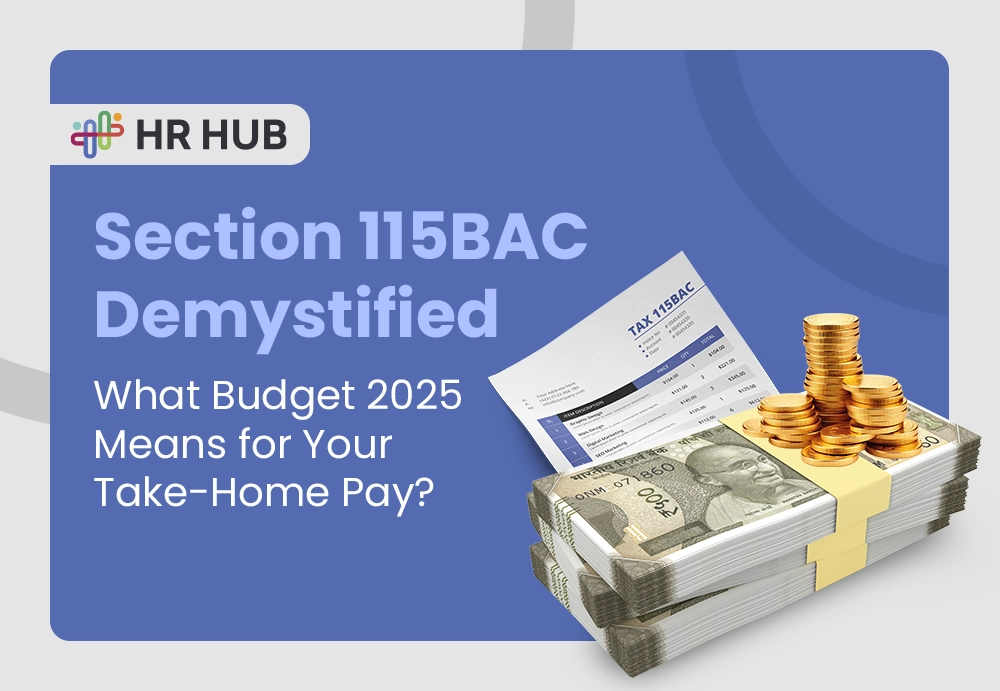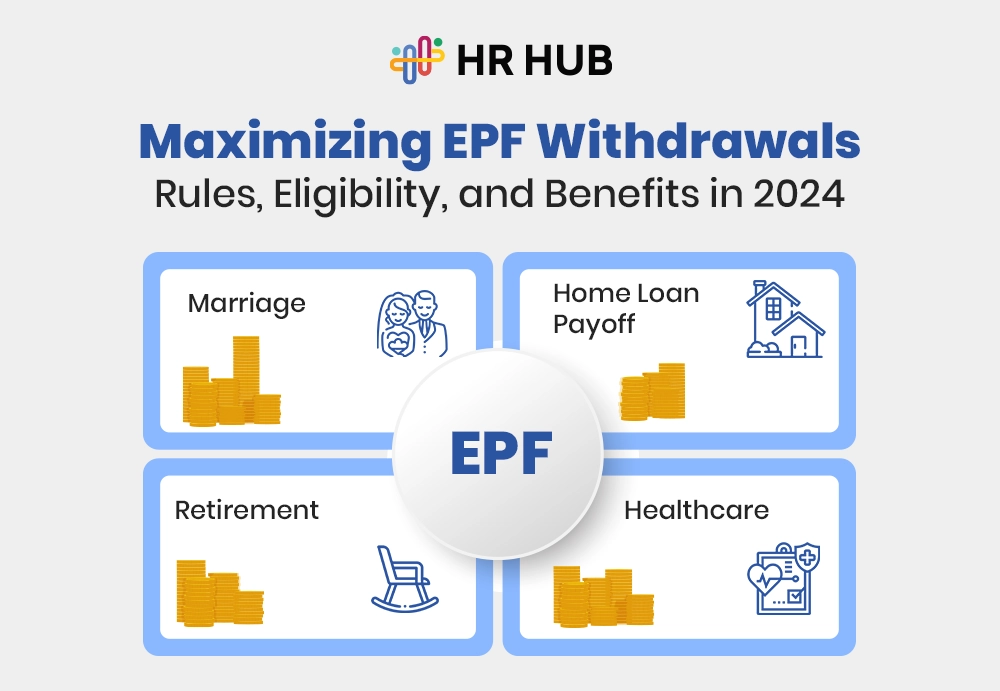Job interviews can be intimidating, especially those with behavioral questions requiring you to talk about past experiences. How do you summarize all this and talk about what you have achieved? That is where the STAR interview technique comes in--a process for structuring the presentation of clear and compelling answers during interviews. Whether you are an experienced candidate or a fresh graduate, mastering the STAR method can improve your interview game, and your job chances will be much higher.
This blog will introduce the STAR interview method, break down its core elements, and provide actionable insights on how to use it effectively. By the end, you will be equipped with a fail-safe strategy for tackling even the toughest interview questions.
What is the STAR Method?
The STAR method effectively tells the story for a candidate to build well-structured responses that are impactful to behavioral interview questions. Past performance is assumed to be the best indicator of future performance.
Breaking down your response into four crisp components—Situation, Task, Action, and Result—will make it clear that your answers are concise, relevant, and outcome-focused.
- Situation: Set the stage by providing the context for your example. This involves describing where and when the scenario occurred and identifying the main players involved.
- Task: Outline the specific challenge or goal you were expected to address. Highlight what made the situation important or complex.
- Action: Explain your steps to resolve the situation or achieve the goal. This is your chance to showcase your problem-solving, leadership, and decision-making skills.
- Result: End by sharing the outcome of your actions. Use metrics, awards, or feedback to quantify your success whenever possible.
The STAR method can be adapted for various industries and job roles, making it a universally valuable interview tool.
Why Do HR Professionals Use the STAR Method?
HR people tend to use behavioral interviews to assess how the candidate's past behavior matches the requirements of a specific position. They are looking to get real-life examples that prove the following:
- Problem-solving skills: How well can you tackle challenges under pressure?
- Decision-making abilities: Do you approach problems with a clear strategy?
- Team collaboration: Can you work effectively with others to achieve goals?
- Leadership: Do you take initiative and inspire those around you?
The STAR method ensures that, during a structured response, a candidate can tell more vividly so that the HR professional has less difficulty when evaluating competencies. Interviewers can drill down by asking follow-up questions based on your narrative-for example, "What would you do differently?" or "How did you feel about the outcome?"
Using the STAR method also reduces ambiguity. It prevents candidates from going off-topic or providing answers that lack context, making the interview process more efficient and productive for both parties.
Breaking Down the STAR Method
Each element of the STAR method for interviews has a unique role in crafting a compelling response:
1. Situation: Setting the Scene
This is where you provide the backdrop for your example. The key is to be specific yet brief, focusing only on the relevant details. Avoid overloading the interviewer with unnecessary context.
Key Tips:
- Identify a scenario from your professional, academic, or personal experience relevant to the job you’re applying for.
- Be aware of external factors, such as intense time pressure, scarce resources, or a high-stakes environment.
Example: As a marketing intern, I revamped an anemic social media campaign for a key client during XYZ Agency's busiest season.
2. Task: Defining the Challenge
Here, you specify your job description and the goals you were given. It is a step toward making the interviewer know the scope of your responsibilities.
Key Tips:
- Focus on the specific challenge or goal you need to address.
- Ensure you point out why the assignment is significant to prove how much it matters.
Example: The goal was to develop and launch a new social media strategy, which should raise engagement by 20% in at least one month.
3. Action: Highlighting Your Efforts
This is the most critical part of your response, showcasing your approach to solving the problem. Be detailed about your actions,, but avoid generic phrases like "I worked hard."
Key Tips:
- Focus on what you did, even in team settings. Use "I" statements to highlight your contributions.
- Ideally, demonstrate critical thinking, creativity, and flexibility
Example: I started by analyzing the client's existing content to identify gaps. I then created a content calendar featuring interactive polls and live Q&A sessions promoted through targeted ads.
4. Result: Showcasing the Impact
To wrap up your response, share the outcome of your actions. This is your opportunity to tie everything together and leave a strong impression.
Key Tips:
- Quantify your achievements whenever possible (e.g., percentages, revenue increases, time saved).
- Illustrate any awards or positive comments from supervisors.
Example: Three weeks before the new strategy delivered a 35 percent increase in engagement, the client dubbed it one of the year's best campaigns.
Top STAR Interview Techniques for Success
To maximize the effectiveness of the STAR interview techniques, follow these practical tips:
1. Choose the Right Examples
Identify examples that align with the job description and the company’s core values. For instance, if the role emphasizes leadership, select situations where you took the initiative or managed a team.
2. Be Authentic
Avoid fabricating stories or exaggerating details. Authenticity builds trust and ensures you can confidently answer follow-up questions.
3. Practice Strategic Storytelling
Practice telling your STAR stories in front of the mirror or with a friend. Pay attention to pacing and clarity so you are not rambling or missing any key points.
4. Focus on Results
Always connect your actions to measurable outcomes. Employers value candidates who can demonstrate tangible impact.
5. Prepare for Follow-Ups
Be ready to expand on your STAR response if the interviewer asks additional questions. This could include challenges faced during implementation or lessons learned.
Common STAR Method Interview Questions
Behavioral questions are designed to evaluate specific competencies. Practice the STAR method with these common examples:
- Teamwork: Can you tell me when you worked with a difficult person?
- Problem-Solving: Recall a situation when you experienced a challenge. How did you solve it?
- Leadership: Describe an experience where you led a group through a complicated project.
- Conflict Resolution: Describe a situation in which you had to mediate a colleague's disagreement.
- Adaptability: Can you discuss when you needed to adapt to significant changes at work?
These questions allow you to show adaptability, creativity, and leadership while guided by the STAR framework.
Adapting the STAR Method for Virtual Interviews
As more interviews move online, mastering the STAR method for virtual interviews requires a few additional considerations:
1. Technical Preparedness
Ensure your setup—camera, microphone, and internet connection—is reliable. Test everything beforehand to avoid technical disruptions.
2. Maintain Engagement
Virtual interviews can feel less personal, so establish rapport. Smile, maintain eye contact with the camera, and use gestures to emphasize points.
3. Use a Virtual Notepad
Keep a document or notes handy with bullet points for your STAR stories. These can help you stay on track without sounding rehearsed.
4. Speak Clearly
In virtual settings, clarity is crucial. Avoid speaking too quickly, and pause occasionally to ensure your responses are easily understood.
5. Reduce Background Distractions
Choose a quiet, well-lit environment with a neutral background to maintain professionalism and focus.
Cracking Interviews at Leading Companies Using the STAR Method
Employees have successfully navigated interviews at many top-tier companies by applying the STAR (Situation, Task, Action, Result) method, a popular behavioral interview technique. Here's a brief overview of how some leading companies utilize this method:
- Amazon: Known for its customer-centric approach, Amazon leverages the STAR method to assess candidates' handling of various challenges, focusing on alignment with their leadership principles.
- Google: At Google, the STAR method is part of a structured interview process designed to uncover how potential employees solve problems and handle complex situations, which is crucial for roles in this innovative tech giant. While specific details on Google's use of STAR aren't directly cited, general information about their hiring practices can be explored here.
- Apple: Apple, a leader in innovation, uses behavioral interviews to assess candidates' problem-solving and decision-making skills. The STAR method at Apple helps them understand candidates' past actions and their potential for future performance.
- Microsoft: Microsoft utilizes the STAR method to probe into candidates' past experiences, focusing on how they align with the company's mission and culture. This method helps identify candidates who can thrive in Microsoft's collaborative environment. More on Microsoft's career opportunities and interview processes can be viewed here.
Each of these companies adapts the STAR method to fit their unique corporate cultures and operational needs, making it a versatile tool for candidates to demonstrate their qualifications effectively.
How HR HUB Simplifies the Hiring Process?
Tools like HR HUB offer robust solutions for HR teams looking to streamline interviews and enhance decision-making. HR HUB offers an in-depth recruitment module to track candidate progress, schedule interviews, and document responses comprehensively. Its intuitive interface ensures that hiring processes are conducted smoothly and saves time while improving outcomes.
Master Your Next Interview with the STAR Method
It's more than just preparing your answers; mastering the STAR interview method means telling your story in a way that resonates with interviewers. Structuring your responses, highlighting your achievements, and speaking concisely are the surest ways to leave a lasting impression and boost the chances of success.
Remember that every question in an HR interview can be a time to shine, and the STAR method is the guiding light. Equip yourself with this strategy and step into your interview with confidence and clarity.






